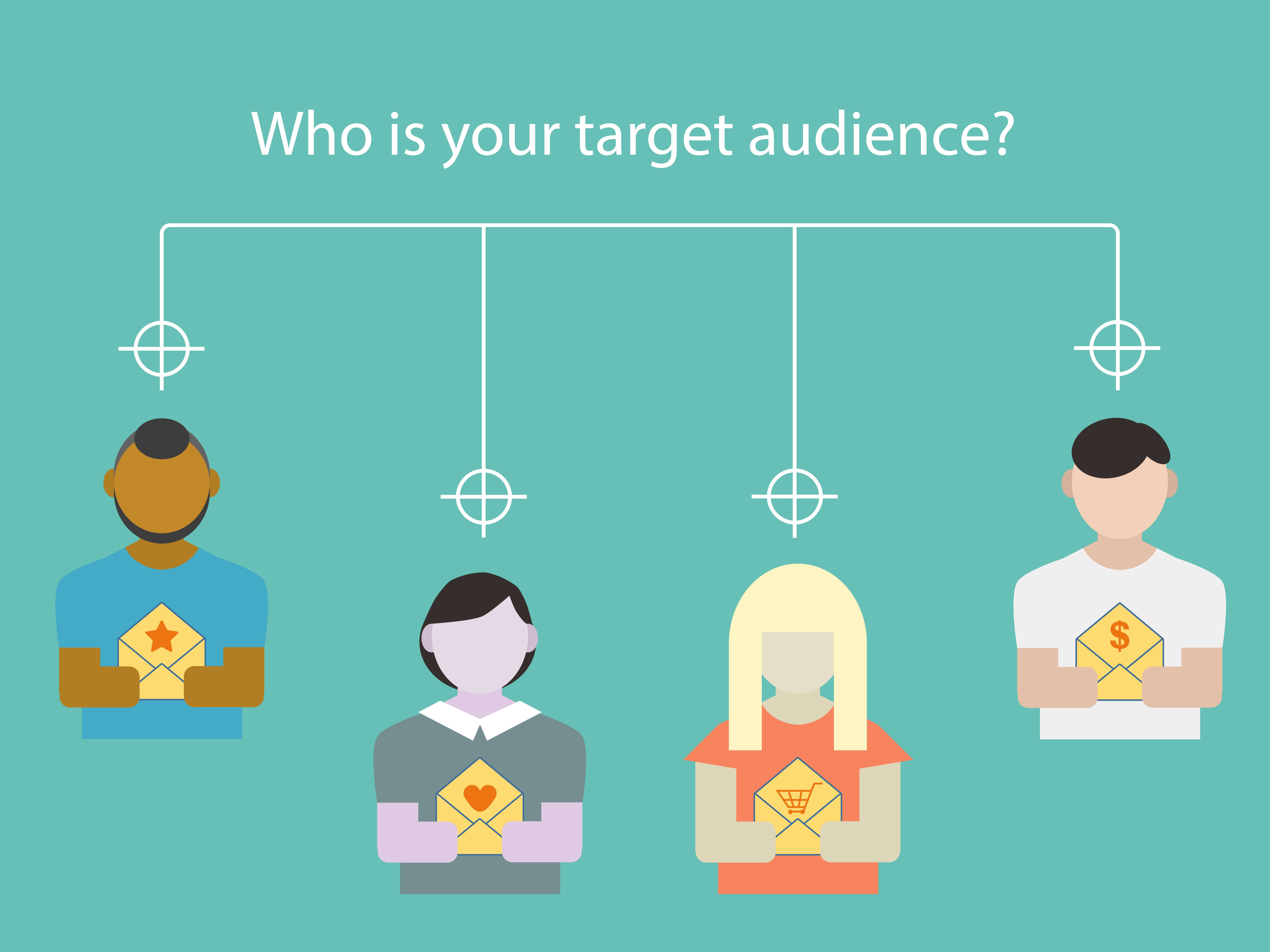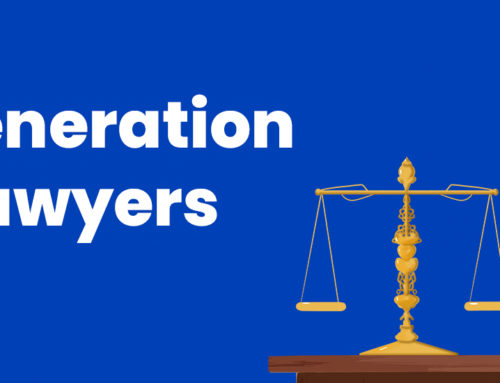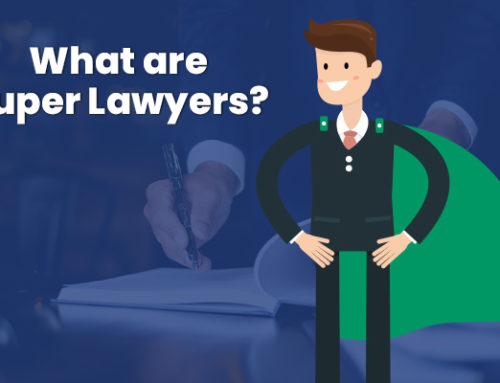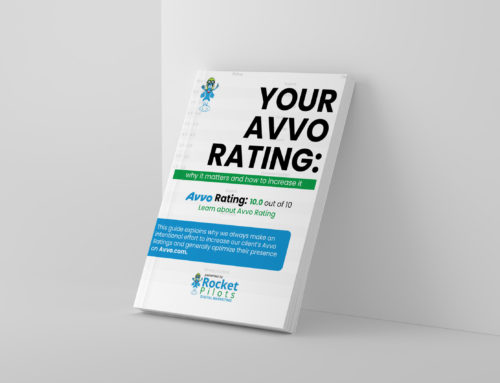Is your content marketing strategy not working for you?
You’re not alone.
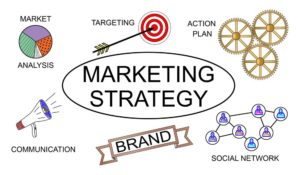
Research shows that 60% of marketers struggle to create engaging content and measure the effectiveness of their current content marketing strategies.
Today, we’ll look at the key strategies your personal injury law firm should be using in your content marketing efforts to increase conversions.
1. Understand Your Target Audience
Your content marketing strategy will work best when you gear your content toward the type of potential clients you want to attract. When content is too general, it fails to resonate with them.
Creating a client persona lets you define the characteristics of your existing client base to help you go after more people who fit the same mold. Information to help you create a client persona includes:
- Demographics (age, location, education level)
- The problem they’re trying to solve
- The type of devices they’ll use to consume information
- Will they be searching for the information themselves or will someone else do it for them?
It’s worth noting that you should write content in a way that your potential client will understand and become engaged to read further. Writing in legalese will only alienate your target audience. Instead, try using examples they can relate with.
When you understand what drives your potential clients, you’ll be able to create content that addresses their goals and challenges. You’ll also be able to help them to trust you and encourage them to contact your firm once they’re ready.
For example, let’s say your focus is on faulty medical devices and there’s a case on faulty knee replacement. Your potential client will be someone who’s had a faulty knee implant placed. But who is this person that’s coming to see you?
You could have seen the occasional young person involved in a freak accident where they needed a knee replacement but was faulty.
It could also be that most of your cases in the past and those you’d like to attract in the future revolve around individuals between the ages of 55 to 70 and they’ve had a faulty knee replacement.
Once you’ve narrowed down on the age, you can keep going to answer if they’re married, have kids, their values and so forth. The next step is to give your client persona a name, which will serve as your profile for targeting these readers and their referral sources such as their tech-savvy kids.
2. Develop a Content Strategy
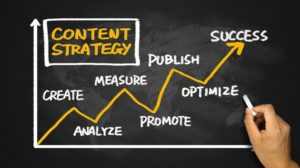
To get the most out of your content marketing efforts, understand your marketing and business goals. After this, create content that serves these goals. Your blog posts, ebooks, podcasts, advertising, and email marketing should all fit into that bigger picture.
You’ll need a strategic framework to get the most out of your hard work and time. This is why it’s crucial you develop a content plan. It will help you to discover and create website content that will benefit your target audience-and your practice.
A good content plan should cover content that you’ll write for that year. It should contain your goals, objectives, milestones, number of practice areas your content will cover and deadlines. You can also break down bigger projects into smaller tasks.
Every personal injury law firm has its own unique needs so there is no one size fits all way of developing a content strategy. However, you should build content based on:
- Your practice area
- Competitor analysis
- Local analysis
- Demographics
- Keyword research and analysis
3. Use Content to Drive Leads through the Sales Funnel
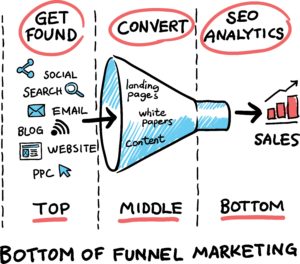
Your content needs to be remarkable enough to convert page visitors into clients. The sales funnel is your sure ticket to help you create user-driven content. It consists of three key stages including awareness, consideration and decision stages.
Top of the funnel stage
The top of the funnel stage is also called the awareness stage. At this point, your potential clients are figuring out about your personal injury law firm.
The goal of this stage is to make them aware of your firm’s existence, not to make a pitch. Therefore, using our earlier example, content should be directed to people who have been hurt but don’t know if it was by the knee implant or know that the knee implant is the cause of their pain but have no idea whether they can sue.
The types of content that work well at this stage include blog posts, ebooks, video content, infographics, and social media content. You should also integrate Frequently Asked Questions (FAQs) section on your website.
Middle of the funnel stage
Once you’ve created awareness for your law firm the next step is to build interest. Here, potential clients are considering if they should engage with you or not.
On the other hand, you are getting information about them using lead magnets, free consultation or anything to capture their email address so you can squeeze them down the funnel.
Your content marketing efforts at this stage should be geared towards targeted offers and follow-up campaigns for specific client personas. Your main goal is to strengthen the relationship so that potential clients can connect with you.
Using the faulty knee implant example, the potential client who realized that the knee implant was the reason for all the pain can be moved into the middle of the funnel stage using education.
In contrast, the potential client who wanted to know if they are entitled to compensation are case curious and can easily be persuaded into the last stage using case studies that highlight your expertise.
The best content for this stage includes expert guides, webinars, successful case results, client testimonials as well as online reputation management efforts such as responding to negative online reviews.
Bottom of the funnel stage
This is the decision-making stage where your potential client is researching the benefits of your services and how easy it is to contact you.
It’s worth noting that this will also be an emotional stage for them. They have been hurt and realize that they may have a case but want to know this for sure.
Some potential clients will need to be convinced that suing is actually the right thing to do. Others will be ready to sue but they don’t know why they should choose you over your competitors.
As you can see your marketing strategies here need to be equally emotional and targeted to your client’s specific needs. This is where all the efforts you put when coming up with a client persona will start to pay off.
You have to separate yourself from your competitors by proving to your potential client that you get where they are coming from and you are in it for them. Case studies and testimonials with a call to action are effective types of content you can use at this stage.
4. Pay Attention to Your Keyword Research

93% of all online experiences start with a search engine. Keyword research is not what it used to be as search engines have become more sophisticated and can pair content to user intent.
Semantic search is search based on intent, it seeks to understand language the way a human would. The rise of voice search has led to the evolution of semantic search. The question to guide your keyword research here should be, “What phrases will your target audience use doing an online search?”
- Injuries
People will go online to learn more about their injuries. They are likely to use terms that their medical provider used. Therefore, content should be developed around the types of injuries that your potential clients could be searching.
- Economics
Your potential clients will also have to deal with the economic outcome of their injuries. This could be medical bills or lost time at work to create content that offers answers to these economic questions.
- Insurance
Injury victims will also have to deal with insurance companies such as claim denials and filing claims. Target keywords related to their questions on these issues.
Once you understand user intent, you’ll realize that some keywords will have a higher search volume compared to others. You might want to rank for keywords that are relevant to the services you offer. A good example of keywords for your Services pages could be “dog bite lawyer” or “car accident lawyer”
On the other hand, it will be hard to rank for these highly competitive keywords for your blog posts. Long-tail keywords are the ones you want to target at this point. For example, you can use a variety of long-tail keywords to target for different types of car accidents such as “hit and run lawyer near me” or “best car accident lawyer near me”
5. Improve the Visual Aspects of Your Content
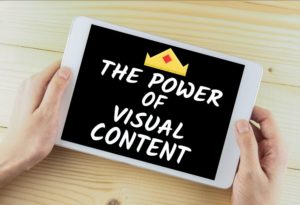
Research shows that when people hear information, they are likely to remember only 10% of that information after three days. When you include a relevant image to the same information, they will retain 65% of the same information three days later.
Leverage on visual storytelling because 90% of the information that gets to the brain is visual. Attention spans have become shorter than ever due to the oversaturation of digital content and an increase in mobile users.
Use high-quality and relevant images to split up a body of text in your blog posts. Infographics are also great options for helping your readers to get a quick grasp of issues and they are highly shareable. Use infographics to explain complex ideas and processes such as this one.
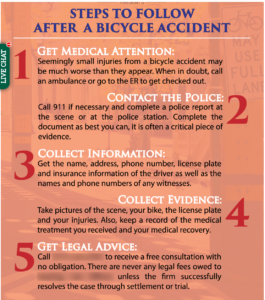
https://keatinglegal.com/portfolio-items/steps-to-follow-after-getting-into-a-bicycle-accident/
In addition, videos are ideally suited for conveying complex messages in a detailed and engaging way, it also helps potential clients to put a face to your firm. Combining the audio and visual image to them lets them humanize your brand making it easier to build create an emotional connection and build trust.
There are three different types of videos you can use to promote your practice. They include:
Brand videos
Brand videos help you to introduce your law firm to potential clients in an interactive way. This video introduces your lawyers, tells them your story, the services you offer and your empathetic approach to legal matters.
Client testimonials
These videos show potential clients the impact of your services in real-life scenarios. They showcase your success, demonstrate your effectiveness and encourage referrals. It’s about bringing a client’s story to life because most clients passing through the same situation will relate.
Educational videos
To increase your credibility, use educational videos to demonstrate your expertise. Find the frequently asked questions in forums such as Quora to identify topics and create informative content.
6. Make Social Sharing on Your Blog Easy

Implement social sharing to leverage your content in the best way possible. Make social media icons visible by placing the icons on a floating sidebar either on the left or right side for greater prominence.
Twitter has become a key referral source for lawyers with a 663% increase in people asking for recommendations through the social network. Include Twitter quotes when possible to encourage people to share your posts.
You should settle on one or two social media channels instead of spreading yourself too thin. Your main goal is to build a strong community within one social network and expand your reach. Then, you can move to other networks.
To determine which social media channel is worth it, look at where your target audience spends the most time and stick to two of these. You can also check out what your competitors or market leaders in the personal injury sector are doing and adapt their strategies.
7. Provide Strong CTAs
A good call-to-action should elicit a response from your web visitors whether you’re asking them to contact you, sign up for a free ebook or to subscribe to your newsletters.
To create highly converting CTAs, you should focus on these key elements.
Design
A great design will make your CTAs stand out from the rest of your content. Use simple and relevant visuals that attract the eye. The color of your CTA button needs to contrast with that of your webpage but fit with the overall design.
Message
The length of your message will be limited by the CTA button space but you should make use of compelling words to show potential clients the value you offer.
Placement
There is no point in having a CTA that people can’t see. When it comes to your landing page, where you place your CTA has a huge impact on conversion. Before heat mapping tools and A/B testing, above and below the fold placement styles were the way to go.
However, CTA placement has to be dictated by the complexity of a page. If your page is shorter with less information, put the CTA above the fold. In contrast, longer pages with more complex information should have the CTA below the fold.
8. Repurpose Content
Repurposing involves finding multiple ways to reformat the content in order to reach the target audience at a different stage of the sales funnel.
You can do this with content that has already been successful in your firm. This will help you save time and resources needed to create fresh content that you’re not sure if it will reap desired results.
For example, if you have a white paper on Construction Site Rights, you can create blog posts to reach potential clients at the top of the funnel stage.
You can also convert key messages from the white paper with an engaging series of tweets with a link back to the whitepaper. Repurposing it into an infographic not only boosts engagement but also compels readers to share it on social media.
You also have the option to turn the whitepaper into an entertaining video that shows how workers rights are taken for granted and what they can do about it. Why not turn your whitepaper into a memorable and shareable video?
9. Link Building

Link building helps you to increase organic search traffic to other pages of your site, boosts referral traffic and it also brings you increased brand exposure to potential clients.
At the heart of your link building campaign are your content assets. These are the types of content designed to be used to attract new clients and traffic to your site.
For example, you can include links in an infographic and use it as part of a client outreach campaign. You can also use ebooks to generate links and mentions for your firm’s website. Just make sure that the assets you create are relevant to your target audience.
Another effective link building strategy is to gain authority links with guest blogging. To find sites that are relevant to the personal injury industry, just Google search “personal injury law guest post” or “personal injury law guest posting guidelines”
You can also use your competitor’s backlinks to look for great guest blogging opportunities that may not be advertised. Tools such as SEMrush, Ahrefs, and BuzzSumo are great for this step.
It is important to determine if writing a guest post for a given site is effective. You should run a background check for the websites you found to see if it’s worth it. Use Link Explorer to assess the site’s domain authority or Alexa ranking to look at the site’s current traffic.
10. Pay Attention to Analytics
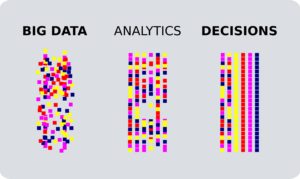
Fact is- your content marketing efforts will always have room for improvement. Google Analytics provides amazing reporting features at zero cost. It helps you get rid of all the guesswork to your content marketing approach.
You can determine where your traffic comes from and discover ways you can improve your strategy even if you’re already doing well.
To get the most out of Google Analytics, you need to set goals in order to customize the tracking tools for your law firm. Some of the reports Google Analytics offers include:
On-site search terms report
To look at the keywords that people are searching for on your site, Google Analytics provides on-site search terms reports. This can help you to identify gaps in your content or realize that you need to update your current keyword.
Audience reports
Audience reports provide insights about your clients. You can see their demographics, location, interests, behavior and how they use their mobile devices.
Over to You…
I hope these content marketing tips will give you a good start at taking your personal injury law firm to the next level. If you have any other tips, please share your ideas in the comments section below.
Are you interested in engaging and converting new customers for your personal injury firm? Contact me today and let’s talk about how we can help.

